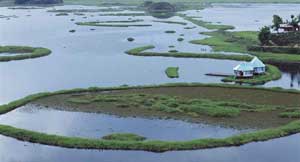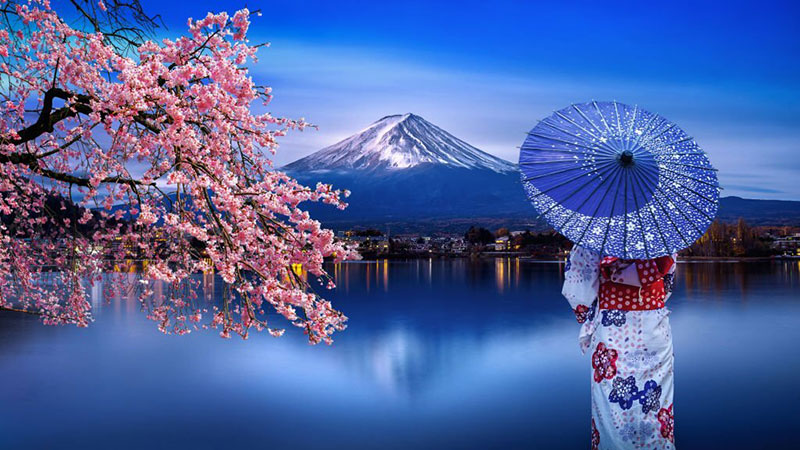The skill sets and professional capabilities of a hotel management graduate fit in really well…

Manipur Tourism

The culture features martial arts, dance, theatre and sculpture. Greenery accompanies a moderate climate. The seasonal Shirui Lily plant at Ukhrul (district), Dzukou valley at Senapati, Sangai (Brow antlered deer) and the floating islands at Loktak Lake are among the rarities of the area. Polo, which can be called a royal game, also originated in Manipur.
Imphal (Capital)
The city is inhabited by the Meitei, which predominates; also Pangals (Manipuri Muslims) and other tribes.
The city contains (Tulihal Airport).
The district is divided into East and West. The Khuman Lampak Sports Complex was built for the 1997 National Games. The stadium is used for a sports venue. It also contains a cyclists’ velodrome. Most of the imported goods are sold here at its Paona Bazaar, Gam-bir Sing Shopping Complex, Ningthibi Collections and Leima Plaza.
Shree Govindajee Temple, Andro village, and the Manipur State Museum are in the city.
Lakes and islands
48 km (30 mi) from Imphal, lies the largest fresh water lake in the North East India, the Loktak Lake, a miniature inland sea. There is a Tourist Bungalow atop Sendra Island. Life on the Lake includes small islands that are floating weed on which live the Lake people, the blue waters of the Lake, and colourful water plants. There is a Sendra Tourist Home with an attached cafeteria in the middle of the lake. Floating islands are made out of the tangle of watery weeds and other plants. The wetland is swampy and is favourable for a number of species. It is in the district of Bishnupur. Etymology of Loktak is “Lok = stream and tak= the end” (End of the Streams). Sendra park and resort is opening on the top of Sendra hills and attracting the tourist.
Hills and valleys
Kaina is a hillock about 921 metres (3,022 ft) above sea level. It is a sacred place for Manipuri Hindus. The legend is that, Shri Govindajee appeared in the dream of his devotee, Shri Jai Singh Maharaja, and asked the saintly king to install in a temple, an image of Shri Govindajee. It was to be carved out of a jack fruit tree, which was then growing at Kaina. It is 29 km (18 mi) from Imphal.
The Dzukou Valley is located in Senapati district bordering with Kohima. There are seasonal flowers and a number of flora and fauna. Dzukou derives its meaning from the Angami/Mao word which translates to “Cold Water” referring to the cold stream that flows through the valley. It is situated at an altitude of 2,438 metres (7,999 ft) above sea level, behind the Japfü Peak located in Nagaland. The rare Dzükou lily is found only in this valley.
Eco tourism
Keibul Lamjao National Park, 48 km (30 mi) away from Imphal is an abode of the rare and endangered species of Brow Antlered deer. This ecosystem is home to 17 rare species of mammals. It is the only floating national park of the world.
Six kilometres (3.7 mi) to the west of Imphal, at the foot of the pine growing hillocks at Iroisemba on the Imphal-Kangchup Road are the Zoological Gardens. Some brow antlered deer (Sangai)are housed there.
Waterfalls
Sadu Chiru waterfall is near Ichum Keirap village 27 km (17 mi) from Imphal, in the Sadar hill area, Senapati district. This consists of three falls with the first fall about 30 metres (98 ft) high. Agape Park is located in the vicinity. It is owned and managed by Kamlun Telien of Ichum Keirap.
Natural caves
Thalon Cave (around 910 metres (2,990 ft) above sea level) is one of the historical sites of Manipur under Tamenglong district. It is around 185 kilometres (115 mi) from the state capital and around 30 kilometres (19 mi) from Tamenglong district headquarters in north side. From Thalon village, this cave is 4-5 kilometres (2.5-3.1 mi). Khangkhui Cave is a natural limestone cave in Ukhrul district. The big hall in the cave is the darbar hall of the Devil King living deep inside while the northern hall is the royal bedroom, according to local folklore. During World War II, the villagers sought shelter in this cave. This cave is at an hour’s trek from Khangkui village.



